Friday, 31 October 2025


In an exclusive interview with AgroSpectrum, Dr. Jenni Brandon, CEO and Sustainability Consultant at Wild Beacon Consulting, reveals how coral reefs marshal an arsenal of biological ingenuity — from genetically diverse lineages to symbiont-swapping survival strategies — to endure the escalating tyranny of warming and acidifying oceans. She argues that restoration must be rooted not in cosmetic transplantation but in evolutionary prudence, selecting morphologies and genotypes most equipped for tomorrow’s oceans and leveraging naturally resilient habitats such as upwelling zones.
Dr. Brandon spotlights the reefs’ macroeconomic indispensability: they are coastal sentinels, food-system pillars, and tourism engines whose erosion could destabilize livelihoods and national balance sheets alike. Although reefs are not classical blue-carbon sinks, she underscores their essential role in safeguarding carbon-rich ecosystems — a rationale for scaling blue bonds and debt-for-nature swaps that yoke biodiversity protection to investible climate outcomes. With the advent of AI-assisted surveillance, satellite foresight and rapid eDNA diagnostics, she concludes, humanity now possesses the tools to pre-empt catastrophe — so long as governance frameworks unite scientific precision, local stewardship, and uncompromising urgency.
I. Reef Resilience and Climate Dynamics
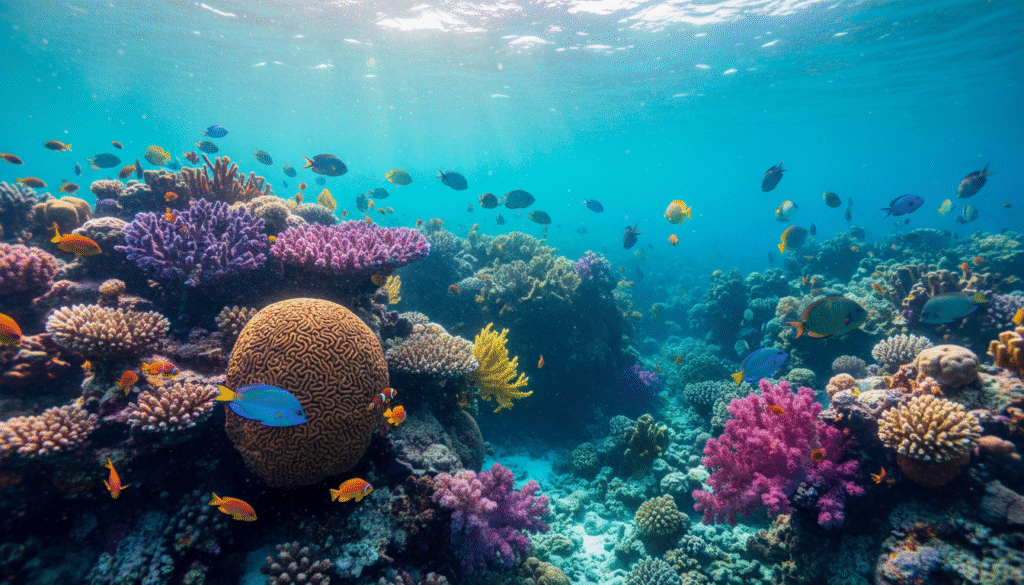
Mechanisms of Resilience:
With rising sea surface temperatures and ocean acidification, what are the most decisive biological and ecological mechanisms that enable certain coral species or reef systems to withstand climate stress, and how can this inform targeted conservation strategies?
More resilient corals have a few ecological commonalities, including living in deeper, colder waters, but also living in more variable waters, where they have become more resilient to changing temperatures than those in stable environments. Biologically, certain genetic strains seem to be more resilient, as well as the corals with more diverse genetic makeup. If you have higher genetic diversity, you are more likely to have some strains survive a bleaching event. Certain morphologies also seem to survive better, like in Papua New Guinea, where big boulder-shaped corals have taken over reefs compared to more fragile branching corals that are more sensitive to ocean acidification. Then there are also the coral-algae symbionts, where corals with more heat-resistant symbiotic algae survive better, and some corals will actually swap out their symbiotic algae for more heat-resistant algae in a warming event.
Adaptive Management under Uncertainty:
Given the high variability of reef responses across regions, how should policymakers and investors design adaptive, evidence-based interventions that balance short-term protection with long-term ecosystem integrity?
Some intervention approaches include replanting coral outcroppings, and this should be done thinking about the morphology, symbiotic algae community, and genetic diversity of those corals. Too many of the same corals replanted will not add to the genetic diversity and could all be wiped out in a marine heat wave. Similarly, replanting corals in areas of upwelling may lead to those corals becoming more resilient and lead to more long-term resiliency.
II. Economics, Valuation, and Climate Finance
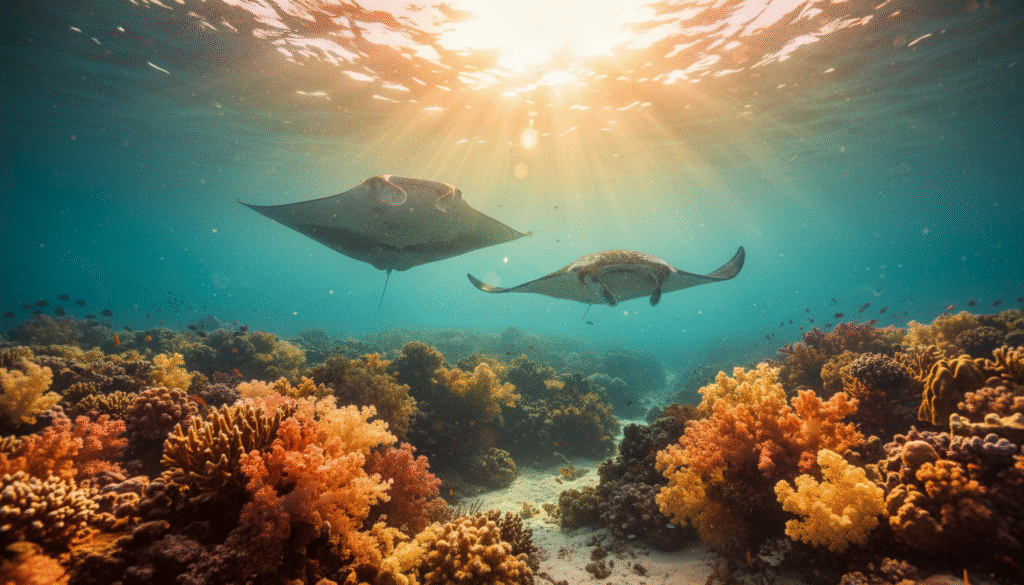
Monetizing Reef Resilience:
Coral ecosystems provide critical services—fisheries, tourism, and coastal protection. How can we rigorously quantify these benefits in economic terms to attract private investment and integrate reef conservation into ESG portfolios?
I’m not an economist, so I can’t definitively answer that. But you have to think of the jobs created not just by the fishing vessels themselves, but the seafood processing plants, and the seafood markets and seafood restaurants. The tourism jobs that would disappear if there was no healthy coral reef to visit (hotels, restaurants, SCUBA boats, beach shops, etc). Also, the coastal protections that a coral reef provides, including stopping storm surge, protecting during hurricanes, fighting erosion, being nursery habitat for those fisheries. It goes on and on. Florida values their coral reefs at a value of $8.5 billion, when you start to add all those pieces together.
Blue Carbon and Market Mechanisms:
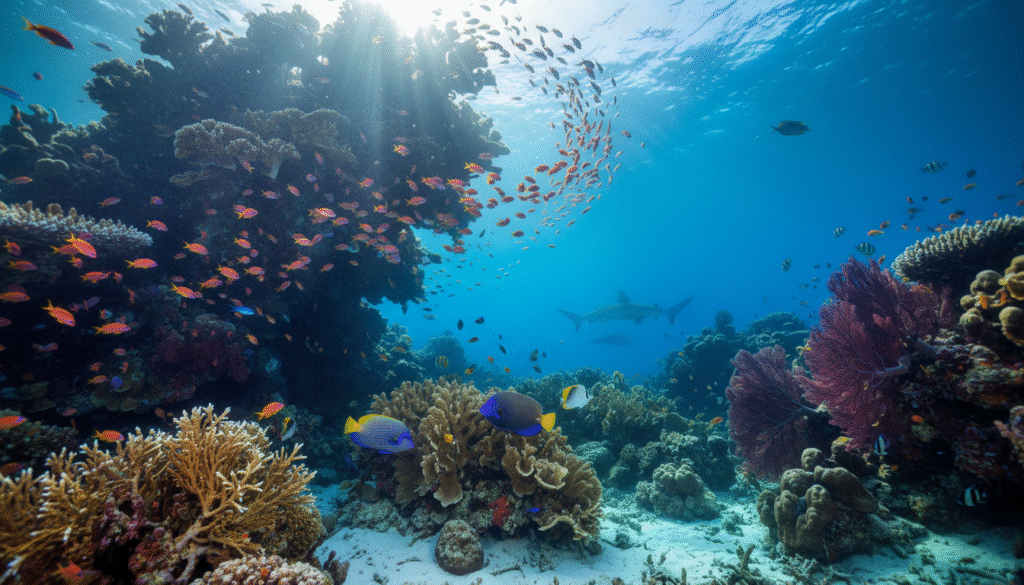
What are the methodological and regulatory challenges of incorporating coral reefs into carbon markets or nature-based solutions financing, and how can these frameworks ensure both ecological fidelity and investor confidence?
Coral reefs are not direct blue carbon sinks themselves, because the act of calcification releases CO2. But they help protect other blue carbon ecosystems like seagrass from erosion or storm surge, so they are part of the blue carbon ecosystem. But to be part of the carbon market, there would need to be significant research on the MRV, or measurement, reporting, and verification, of exactly where the carbon goes in a reef system and how permanently it is sequestered, if at all. That’s not to say that coral reefs aren’t a nature-based solution, for all the ecosystem services I mentioned above. They are, and financing coral reef and restoration for those ecosystem services makes a lot of sense for both ecological and economic reasons.
III. Cross-Sector Governance and Strategic Collaboration
Private-Public Synergy:
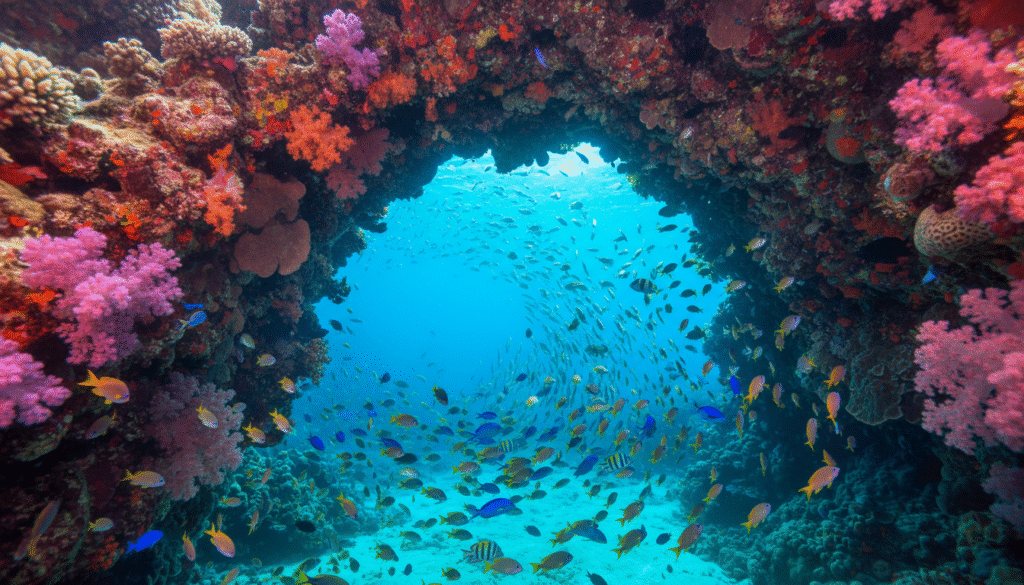
How should corporations, philanthropic organizations, and governments strategically co-invest in reef resilience to generate measurable climate, biodiversity, and economic impact simultaneously?
There are debt instruments like blue bonds that are being created where a government, development bank, or corporation, issues a bond that is specifically designed for projects that benefit the ocean and the blue economy. These can be used for things like coral reef restoration, or preventing water pollution from entering the ocean and polluting reefs, or establishing an MPA, or making a fishery more sustainable. These often include debt-for-nature swaps, where a country’s foreign debt is reduced in exchange for investing in conservation projects. These bonds are new but have been incredibly successful both economically and for the climate.
IV. Innovation and Forward-Looking Insights
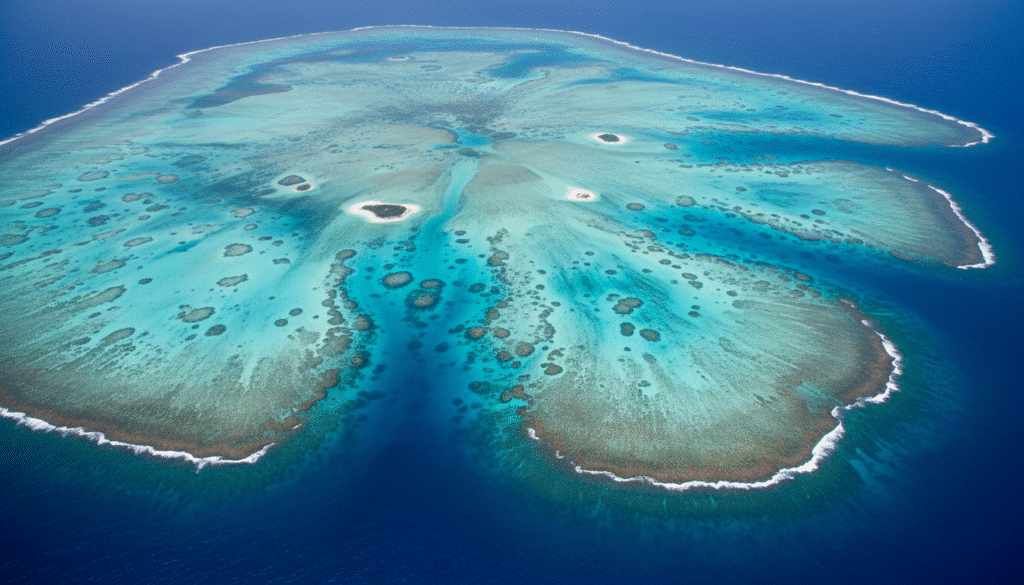
Technology-Enabled Monitoring and Intervention:
Emerging tools—AI-driven reef health analytics, satellite imaging, and environmental DNA—offer unprecedented monitoring precision. How can these technologies be integrated into decision-making pipelines to optimize intervention timing, prioritize restoration, and de-risk investments in reef resilience?
These tools are de-risking some of the decisions about where and when to focus restoration efforts. They are allowing scientists to be more precise in replanting efforts, but also to see a bleaching event coming earlier so they can react quicker. They are taking the guesswork out of some of this research and allowing scientists to not spend so many manhours underwater surveying the reef, but instead have eyes on what’s going on nearly 24/7. By allowing scientists to see what’s going on at all times, that allows them to make more informed, quicker, restoration and policy decisions.
— Suchetana Choudhury (suchetana.choudhuri@agrospectrumindia.com)